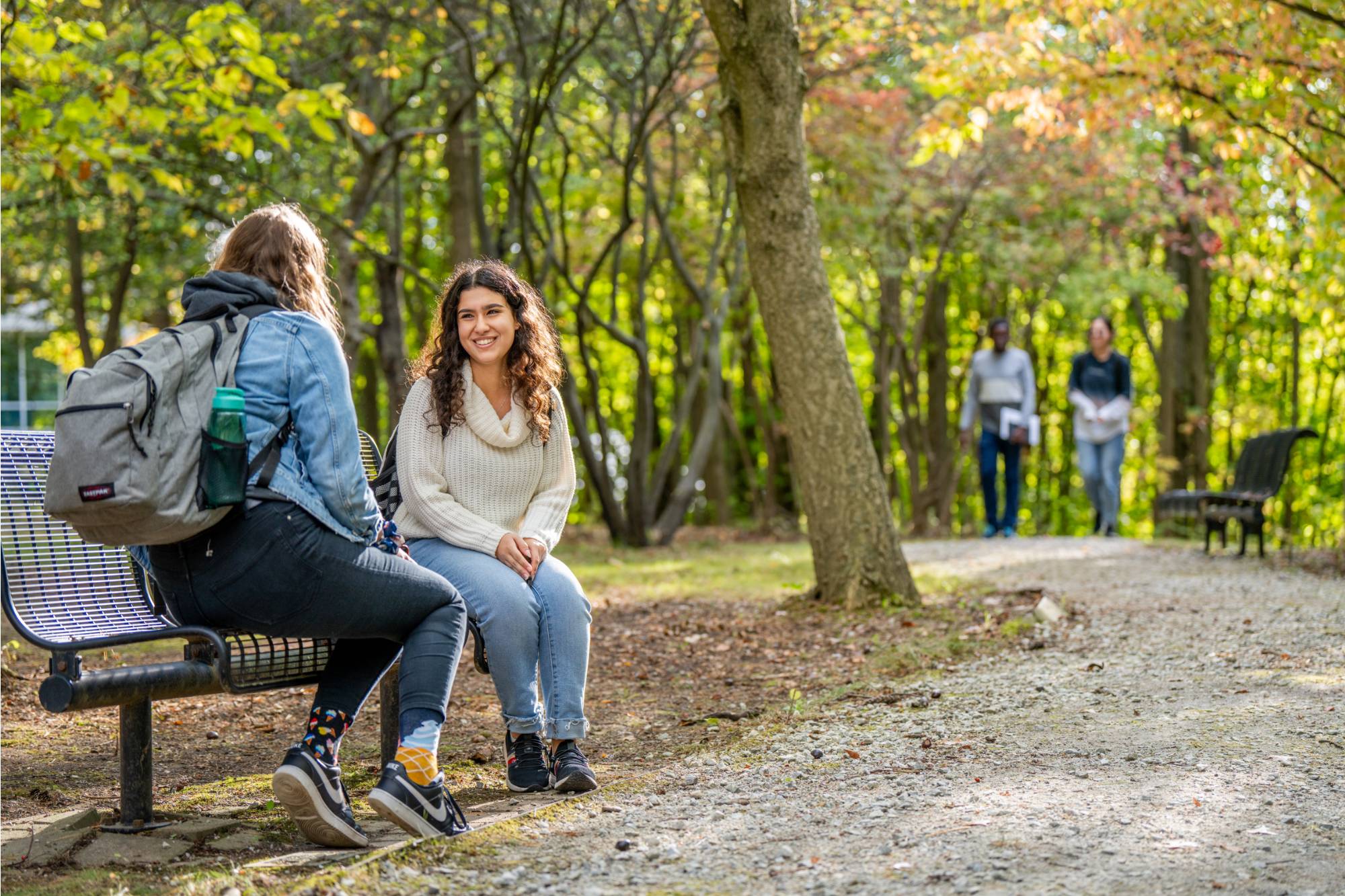Blog
Permanent link for Do you have a 3rd place?: What they are and how to find them on March 22, 2024
If you’re still shaking off the winter blues, loneliness could be the culprit, but certainly not uncommon. Loneliness is becoming an increasing issue in the U.S. with about 36% of Americans in total and 61% of young adults specifically saying they often feel seriously lonely. These statistics are even more alarming with the knowledge that people who are lonely have an increased risk of dying before their time. A lack of social connection could impact the risk of death more than smoking, obesity, or a sedentary lifestyle; not to mention the severely negative impact loneliness can have on mental health.
Have you heard about “third places”? Maybe you’re wondering why there is a resurgence of conversation around the idea lately, or maybe they are something new to you. Whether you have heard about “third places” or not, below you can find out what they are, what benefits they can bring (including warding off loneliness) and how to incorporate them into your own life to reap those benefits.
“Third place” 101
A third place or space is somewhere spent outside of one’s home (considered the “first place”) and one’s work (considered the “second place”). For students, our work or second place could also be school: the places we do homework and take classes. Outside of these often high-stress areas of our lives, a third place is where someone can enjoy being around others and gaining social connections without the responsibilities of work/school and home/chores looming over them.
Any fellow introverts out there? No need to worry! Research has shown there can be benefits from third places both when interacting with people within them or simply being around the people that are interacting with each other. There are many different styles to choose from when it comes to third places– a quiet library, a busy mall, a quaint café perfect for people-watching, a place of worship, a gym, where you get your haircut, a dog park…the list could go on!
Any requirements?
Although the idea of third places has gained popularity recently, the idea of third places are often attributed to Ray Oldenburg, a sociologist in the 1980s, who came up with eight ideal characteristics for a third place:
- They are neutral, meaning you never feel you have to be there for any reason, and there are minimal expectations from others.
- Based on an even playing field, as anyone is welcome in the space regardless of their status within their work or the community. There is nothing someone has to do or be in order to enter the space.
- Conversations are the star of the show, with humor and banter being encouraged by all.
- Easily accessible and accommodating those who stop by, including ideally being low-cost or free of charge.
- The regulars create the space and keep it alive by bringing in new people.
- They’re not highly acclaimed, but rather promote a comforting, informal environment.
- A goofy mood makes third places fun, witty and light-hearted.
- Home away from home in all aspects of the phrase including relaxed, warm, rejuvenating, securely established, and generates a feeling of ownership.
Above are some ideal characteristics, so some third places may only have a few of these but still fit the mold and provide benefits.
Does a third place really make that much difference on wellbeing?
I, and increasing research results, would argue that it does. One key characteristic of the Blue Zones, places around the world where there are especially high rates of longevity, is that these communities foster ideal third places. For example: in Nicoya, Costa Rica community member’s porches provide spaces where family and friends can engage on a daily basis. To read more about the Blue Zones, check out a previous blog post by peer educator Claire on what else the Power Nine have in common.
Where to find them
As you may have realized if you have gotten to this point, there can be some barriers to accessing a third place; whether that be transportation, finances or time restraints, a third place may seem far fetched in a busy student schedule. Nevertheless, there are many different ways you can find a third place that works for you, and there are many opportunities to engage in a third place in and around Grand Valley’s campuses. To get you started, here are some ideas:
- The Grand Ravines dog park
- Student organizations on Laker Link
- Campus dining locations
- Cafés near the Allendale campus or near the Laker Line stops
- Local libraries in Allendale or Grand Rapids
- The Rec Center spaces
- And many others!
If the options seem overwhelming, try thinking about some places you already enjoy spending your time. You may already be engaging in a third place without realizing it! If you’re feeling lonely or needing a place you can truly relax and recharge, fitting in some time in a third place may be worth a try. Best of luck on your third place journey!
By: Josie, WIT Peer Educator
Categories:
General Wellness
Posted
on
Permanent link for Do you have a 3rd place?: What they are and how to find them on March 22, 2024.

